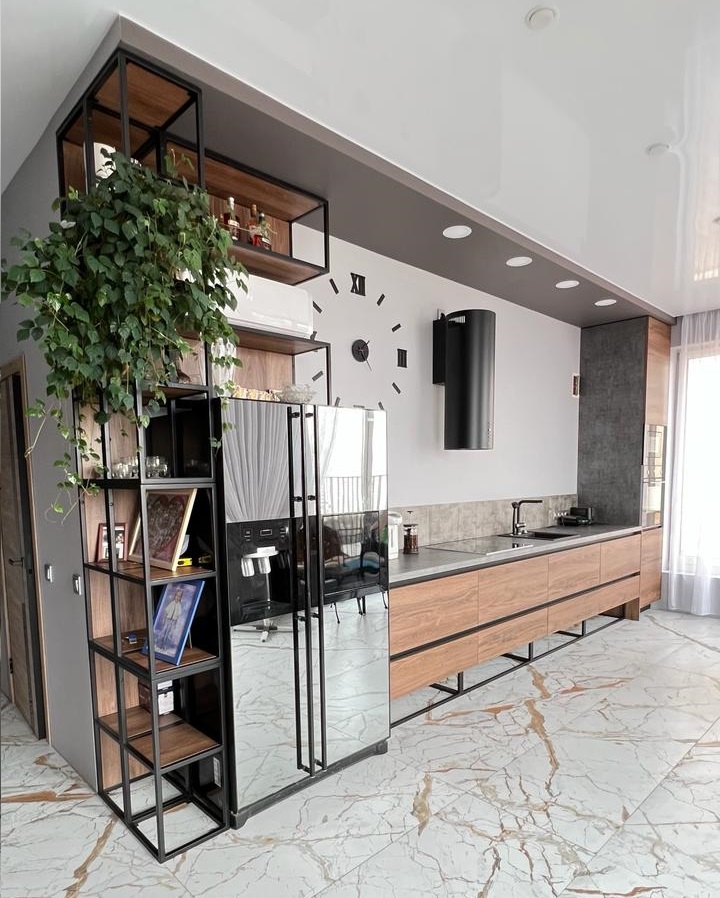
Culinary Spaces Redefined Elegantly
The heart of the home, the kitchen, has evolved significantly over time. No longer just a place to prepare meals, today's culinary spaces are multifunctional areas that combine functionality with style, and designers are continually reimagining them. This new era of kitchen spaces is characterized by open concepts, adaptive designs, and an elegance that seamlessly integrates with the rest of the home.
The Rise of the Open-Concept Kitchen
Modern culinary spaces are breaking down walls – literally. The open-concept kitchen, blurring the lines between cooking, dining, and living areas, has become a staple in contemporary home design. This architectural choice not only allows for better traffic flow and shared light but also fosters a sense of togetherness as families can easily interact across the spaces. Elegance in these airy kitchens is achieved through cohesive design elements, streamlined appliances, and minimalist aesthetics that create a sophisticated but welcoming atmosphere.
Incorporating Technology
As the home's epicenter begins to embrace the future, technology is playing a pivotal role. Smart appliances and gadgets have made their way into the culinary space, providing convenience and efficiency. From refrigerators that can help you keep track of groceries to ovens that can be controlled with a smartphone, technology is making the kitchen more accessible and user-friendly. These high-tech additions, when chosen with design in mind, can add a sleek, modern edge to any culinary space.
Adaptive and Multipurpose Designs
The redefinition of culinary spaces also means the incorporation of flexible designs that cater to diverse needs. Multi-purpose islands have transformed from simple work surfaces to becoming the hub of the kitchen, equipped with storage solutions, built-in appliances, and seating areas. These versatile spaces can fluctuate from a casual breakfast nook to a high-functioning area for food preparation or even a space for social gatherings, all while maintaining an air of elegant sophistication.
Material and Texture: The Subtle Sophisticates
In the quest for elegance, materials and textures play a crucial role. High-quality materials such as marble countertops, hardwood flooring, or custom cabinetry can elevate a space instantly. Additionally, the interplay of textures can add depth and visual interest. Think of a matte black faucet paired with a glossy white backsplash, or the warmth of a wood-grain island against the coolness of stainless steel appliances. These combinations can create a sensorial richness that is as stylish as it is functional.
Lighting as a Design Element
Lighting, both natural and artificial, is an essential element in creating an elegant culinary space. Large windows and strategically placed lighting fixtures can highlight architectural features and enhance the beauty of the materials used throughout the kitchen. Pendant lights over an island or under-cabinet lighting can provide both task lighting and a warm ambiance, contributing to the room's overall elegance and mood.
Conclusion
Today’s culinary spaces are much more than places for cooking—they are integral parts of our homes that reflect our lifestyles and tastes. Through open layouts, technology integration, adaptive design, choice materials, and strategic lighting, kitchens can be redefined into elegant and sophisticated spaces that are as beautiful as they are functional. As we continue to push the boundaries of design, the culinary space will remain at the forefront of innovation, serving as a testament to the fusion of art and practicality in our everyday lives.